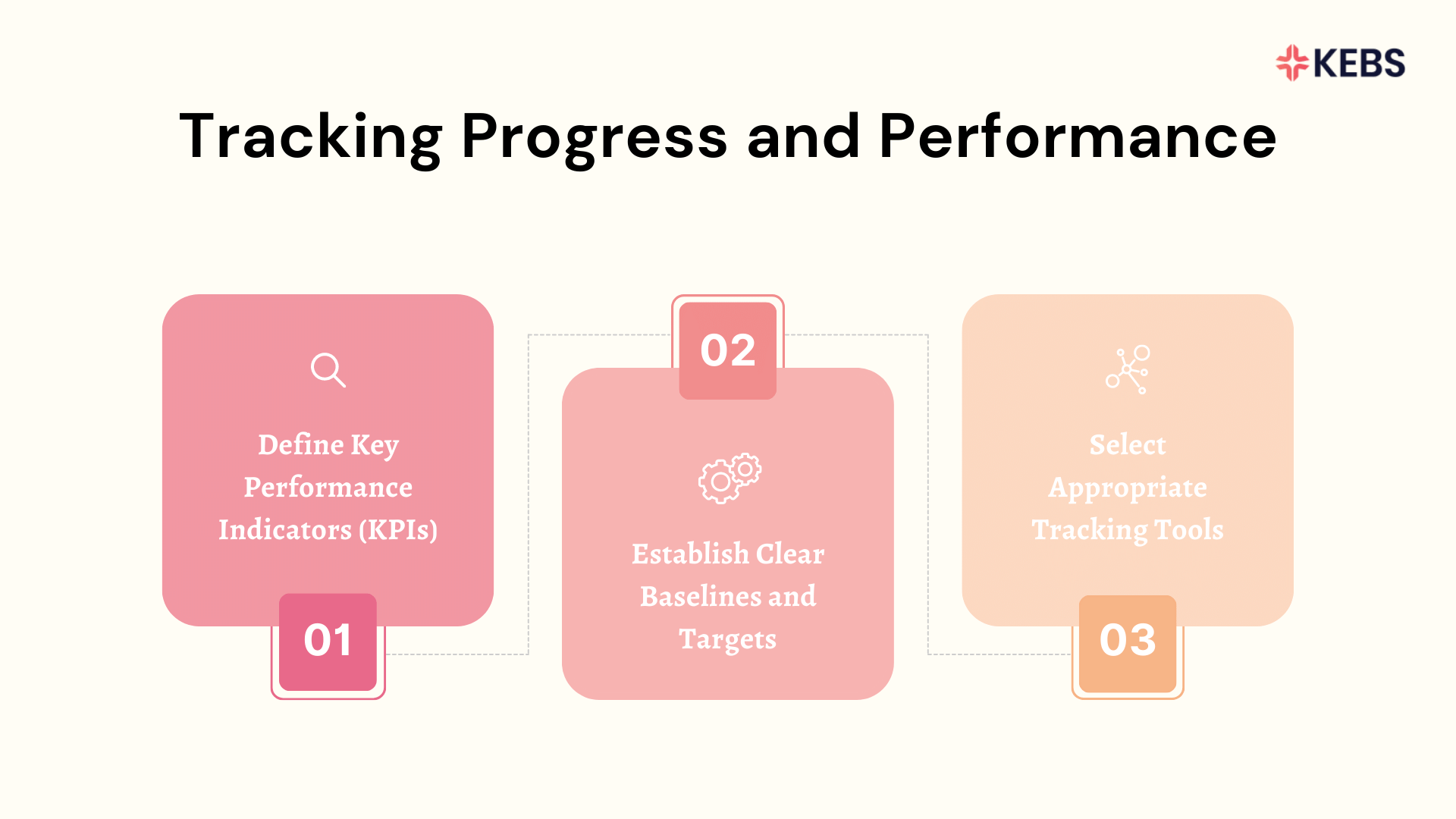
Home »
Understanding Collaborative Project Management approach
Learn how teamwork, communication, and coordination drive successful project outcomes.
Introduction
Collaborative project management has become an essential approach in today’s fast-paced and interconnected business environment. As organizations strive to achieve greater efficiency, agility, and innovation, they increasingly rely on collaborative efforts to bring together diverse teams, stakeholders, and resources. However, effective collaboration can be challenging, especially when projects involve multiple locations, time zones, and disciplines.
This article explores the concept of collaborative project management and highlights the importance of employing software platforms to maximize its potential.
Overview of Collaborative Project Management
Collaborative project management is a dynamic approach that emphasizes teamwork, communication, and coordination among project stakeholders to achieve shared goals and objectives. It involves bringing together individuals with diverse skills, knowledge, and expertise to collaborate effectively throughout the project lifecycle.
At its core, collaborative project management recognizes that projects are not executed in isolation. Instead, they involve multiple teams, departments, and external partners who must work together seamlessly to deliver successful outcomes. By fostering collaboration, organizations can tap into the collective intelligence and skills of their teams, leading to increased innovation, improved decision-making, and enhanced project outcomes.
One of the key drivers behind the adoption of collaborative project management is the recognition that traditional hierarchical and siloed approaches are often inefficient and hinder effective collaboration. In contrast, collaborative project management focuses on breaking down barriers, promoting open communication, and fostering a culture of teamwork.
Benefits of Collaborative Project Management
- Enhanced Communication
- Improved Teamwork and Collaboration
- Increased Efficiency and Productivity
- Effective Resource Utilization
- Stakeholder Engagement and Satisfaction
- Risk Mitigation and Issue Management
- Continuous Learning and Knowledge Sharing
- Flexibility and Adaptability
Overall, collaborative project management empowers teams to work together more effectively, utilize resources efficiently, and deliver successful project outcomes. By embracing collaboration and leveraging software platforms, organizations can harness these benefits and drive project success in today’s complex and interconnected business landscape.

Challenges and Limitations
While collaborative project management offers significant benefits, it is important to be aware of the challenges and limitations that organizations may encounter when implementing this approach. Here are some common challenges and limitations:
- Resistance to Change
- Information Silos
- Technical Compatibility and Integration
- Security and Data Privacy
- Cultural and Language Barriers
- Time Zone and Geographical Differences
- Project Governance and Decision-Making
- Training and Adoption
By proactively addressing these challenges and limitations, organizations can overcome barriers to collaboration and leverage the power of collaborative project management more effectively.
Evolution of Software Platforms in Project Management
The evolution of software platforms in project management has significantly transformed the way projects are planned, executed, and monitored. From traditional project management tools to modern collaborative platforms, the evolution reflects the increasing need for improved communication, collaboration, and efficiency in managing projects.
Initially, project management relied heavily on manual methods and basic tools such as spreadsheets, documents, and email. While these tools provided basic project tracking and planning capabilities, they lacked integration and collaboration features.
With the advent of desktop project management software, project managers gained access to more advanced features. These software applications offered features like Gantt charts, task scheduling, resource allocation, and progress tracking.
The shift to web-based project management solutions brought significant advancements in collaboration and accessibility. These platforms provided a centralized online workspace accessible by multiple team members.
Modern software platforms have evolved to offer comprehensive and integrated collaborative project management capabilities. These platforms go beyond basic task management and scheduling by incorporating features such as document management, communication tools, team collaboration spaces, and reporting dashboards.
| Evolution of Project Management Software Platforms | Key Characteristics and Advancements |
| Manual Methods and Basic Tools | – Relied on spreadsheets, documents, and email – Limited project tracking and planning capabilities |
| Desktop Project Management Software | – Introduced advanced features like Gantt charts and task scheduling – Enabled resource allocation and progress tracking |
| Web-Based Project Management Solutions | – Enhanced collaboration and accessibility – Provided centralized online workspaces |
Selecting the Right Software Platform
Selecting the right software platform for collaborative project management is crucial for ensuring successful implementation and maximizing the benefits of collaboration. Here are some key considerations and steps to help you in the selection process:
- Assess Project Requirements: Start by understanding your organization’s specific project management needs.
- Evaluate Platform Capabilities: Research and evaluate different software platforms available in the market.
- Consider Scalability and Integration: Choose a software platform that can scale with your organization’s growing needs.
- Security and Data Privacy Considerations: Data security and privacy are critical when selecting a software platform.
- User Experience and Training: User experience plays a vital role in user adoption and engagement.
- Vendor Reputation and Support: Research the reputation and track record of the software platform vendor.
- Trial and Pilot Testing: Before committing to a software platform, consider conducting a trial or pilot testing phase.
- Cost and Return on Investment (ROI): Evaluate the cost structure of the software platform, including licensing fees, implementation costs, and ongoing maintenance or subscription fees.
Implementing Collaborative Project Management Software
Implementing collaborative project management software involves a structured approach to ensure a smooth transition and successful adoption by the project team. Here are some key steps to consider during the implementation process:
- Define Objectives and Scope
- Plan for Change Management
- Configure and Customize the Software
- Provide Training and Support
- Pilot Testing and Feedback
- Communicate and Promote Adoption
- Monitor and Evaluate
- Continuous Improvement
By following these steps and emphasizing the importance of change management and user adoption, you can successfully implement collaborative project management software and drive the desired benefits of improved collaboration, communication, and project efficiency.
Tracking Progress and Performance
Tracking progress and performance is a critical aspect of collaborative project management. It allows project teams and stakeholders to monitor project status, identify potential issues, and make data-driven decisions. Here are some key steps and considerations for effectively tracking progress and performance in collaborative project management:
- Define Key Performance Indicators (KPIs): Start by identifying the KPIs that align with your project objectives.
- Establish Clear Baselines and Targets: Set clear baselines and targets for each identified KPI. Baselines represent the initial state or starting point, while targets define the desired level of performance or achievement.
- Select Appropriate Tracking Tools: Collaborative project management software often includes built-in tracking and reporting features.

Managing Remote and Distributed Teams
Managing remote and distributed teams is becoming increasingly common in today’s work environment. Collaborative project management software can play a vital role in facilitating effective communication, coordination, and collaboration among remote team members. Here are some key strategies and best practices for managing remote and distributed teams:
- Establish Clear Communication Channels: Define and establish clear communication channels to ensure effective and timely communication among team members. Utilize collaborative project management software features such as messaging platforms, video conferencing, and discussion forums to facilitate real-time communication and virtual meetings.
- Foster a Culture of Trust and Collaboration: Building trust is essential for remote teams. Encourage open and transparent communication, and foster a collaborative culture where team members feel comfortable sharing ideas and asking for help.
- Set Clear Goals and Expectations: Clearly define project goals, objectives, and expectations for remote team members. Ensure that everyone understands their roles and responsibilities. Break down project tasks into smaller, manageable units and establish clear deadlines.
- Facilitate Knowledge Sharing and Documentation: Encourage remote team members to share their knowledge and expertise. Utilize collaborative project management software to document and centralize project information, processes, and best practices.
- Provide Ongoing Support and Training: Remote team members may require additional support and training to effectively utilize the collaborative project management software and other remote work tools.
- Establish Regular Check-ins and Progress Updates: Schedule regular check-ins with remote team members to discuss project progress, address any challenges, and provide guidance or feedback.
Overcoming Collaboration Challenges
Collaboration in project management can face various challenges, especially when teams are distributed or working remotely. However, by proactively addressing these challenges, you can foster effective collaboration and overcome obstacles. Here are some common collaboration challenges and strategies to overcome them:
- Lack of Trust and Engagement: Building trust and fostering engagement is crucial for effective collaboration. Encourage regular team interactions, both formal and informal, to build relationships and camaraderie. Recognize and appreciate individual and team achievements.
- Document and Knowledge Sharing: Effective document and knowledge sharing are essential for collaboration. Utilize project management software to centralize project documents, templates, and resources. Implement version control to ensure everyone has access to the latest information. Encourage team members to share their expertise and document best practices.
- Task and Responsibility Clarity: Lack of clarity regarding tasks and responsibilities can lead to confusion and duplication of effort. Clearly define project roles and responsibilities, and communicate them to the team.
- Balancing Autonomy and Collaboration: Finding the right balance between individual autonomy and collaboration is important. Encourage individual accountability while fostering collaboration and teamwork.
- Technology Challenges: Technical issues or limitations with collaboration tools can hinder effective collaboration. Ensure that team members have access to reliable and user-friendly collaboration tools. Provide training and support to ensure everyone can effectively use the tools.
- Regular Evaluation and Feedback: Continuously evaluate the collaboration process and seek feedback from team members. Regularly assess the effectiveness of communication channels, collaboration tools, and team dynamics.
| Collaboration Challenges | Strategies to Overcome Them |
| Lack of Trust and Engagement | – Encourage regular team interactions – Recognize and appreciate achievements |
| Document and Knowledge Sharing | – Utilize project management software for centralization – Implement version control – Encourage expertise sharing |
| Task and Responsibility Clarity | – Clearly define project roles and responsibilities – Communicate them to the team |
| Balancing Autonomy and Collaboration | – Foster individual accountability – Encourage teamwork and collaboration |
| Technology Challenges | – Provide reliable and user-friendly collaboration tools – Offer training and support |
KEBS – Project Management

KEBS Project Management is a premium software solution designed to address the challenges faced in project management. It offers a range of features that help overcome these challenges and enhance project execution. Here’s how KEBS addresses common project management challenges using its key features:
- Dashboard: The dashboard provides a centralized view of all ongoing projects, allowing users to monitor project progress in real-time. This feature helps address the challenge of tracking multiple projects simultaneously and provides a clear overview of the current status.
- Gantt Charts: KEBS Project Management utilizes Gantt charts, which offer a visual representation of project timelines, tasks, and dependencies. This feature enables users to track progress visually, compare it with the planned schedule, and identify any delays or bottlenecks. Gantt charts aid in addressing the challenge of managing project schedules effectively.
- Automated Task Creations: With automated task creations, KEBS simplifies the process of creating tasks by allowing users to set up periodic and recurring tasks. This feature eliminates the need for manual task creation, saving time and ensuring consistent task management. It helps address the challenge of time-consuming and repetitive task creation.
- Audit Productivity: The software allows users to track team productivity in real-time. This feature provides insights into individual and team contributions, ensuring timely completion of project deliverables. Monitoring employee productivity helps address the challenge of tracking progress and maintaining project momentum.
- Seamless Integration: KEBS Project Management offers seamless integration with third-party apps, enabling users to import data from existing project management tools. This feature facilitates a smooth transition to KEBS and ensures the continuity of project data, addressing the challenge of data migration and compatibility.
- Task Status and Issue Tracking: Users can monitor the status of tasks and track issues within the software. This feature provides a comprehensive overview of project progress, identifies gaps or bottlenecks, and allows for proactive problem-solving. It helps address the challenge of identifying and resolving issues promptly.
- Resource Collaboration: KEBS facilitates collaboration among team members, even when working remotely. This feature enables users to brainstorm, share ideas, and collaborate on project tasks, fostering effective teamwork. It helps address the challenge of collaboration and coordination in distributed or remote teams.
- Project Templates: The software provides ready-made project templates that users can leverage for swift project completion. This feature offers predefined structures and guidelines, saving time and effort in project planning and execution. It addresses the challenge of starting projects from scratch and ensures consistency in project management processes.

Conclusion
In conclusion, collaborative project management supported by powerful software platforms like KEBS offers significant advantages and opportunities for organizations. The features and capabilities provided by KEBS enable effective communication, seamless collaboration, and efficient project execution.
Furthermore, KEBS addresses the need for real-time monitoring of productivity, enabling teams to track individual and collective contributions. The software’s resource collaboration features foster teamwork and facilitate efficient communication, even in remote settings.
Take your organization to the next level!









